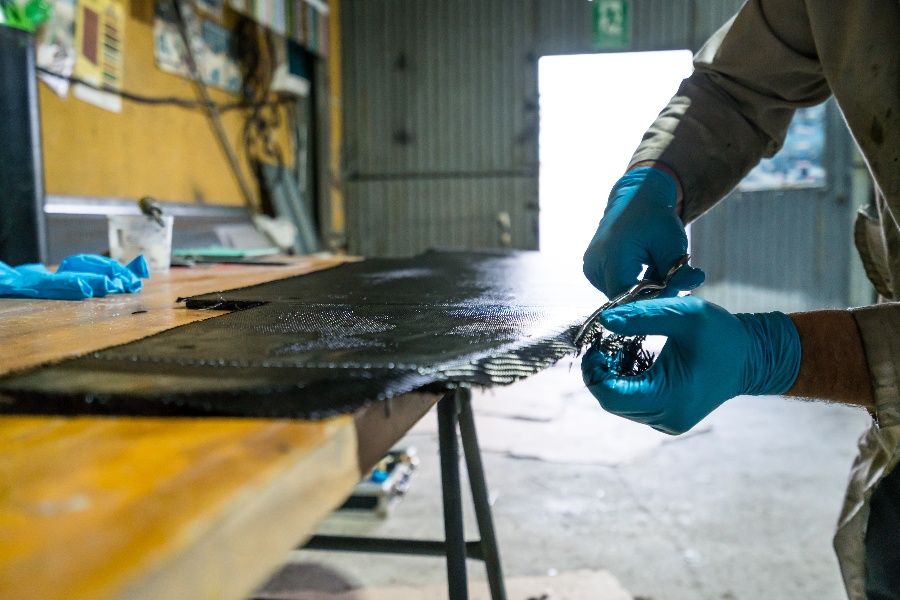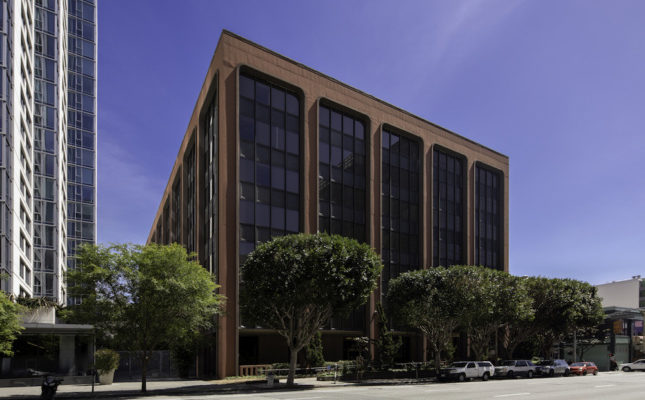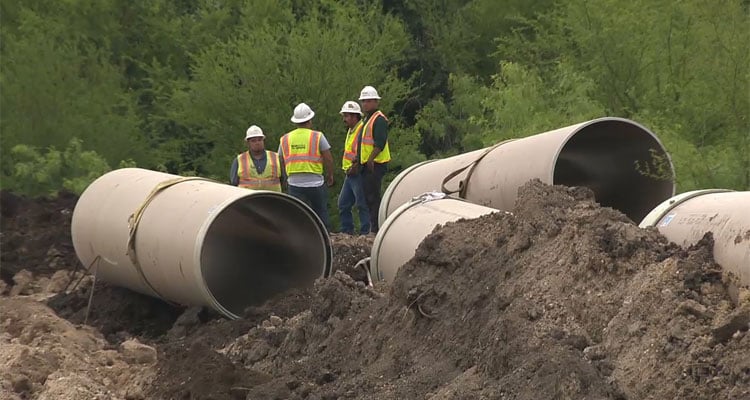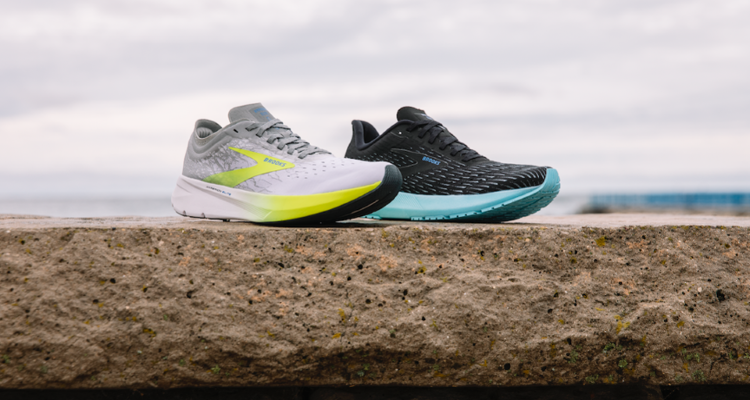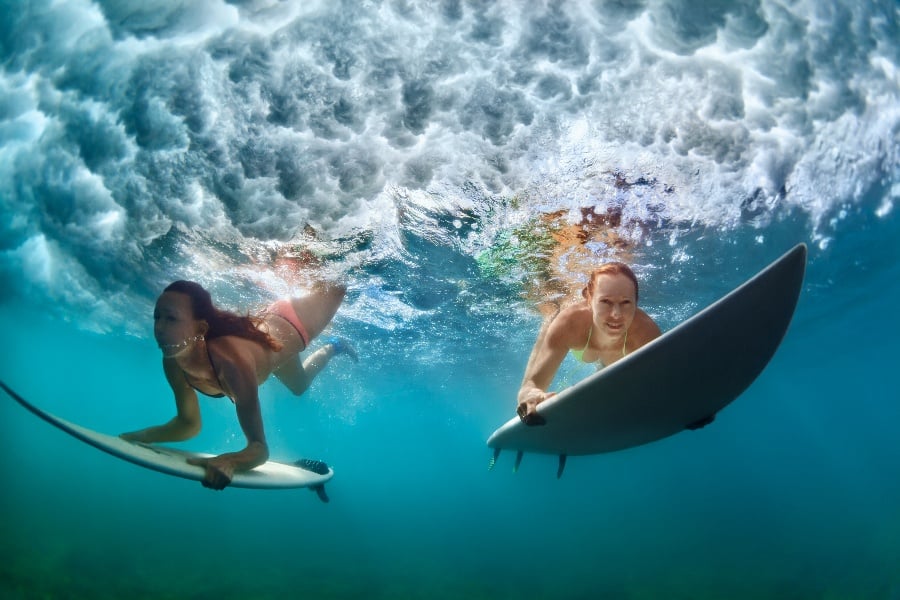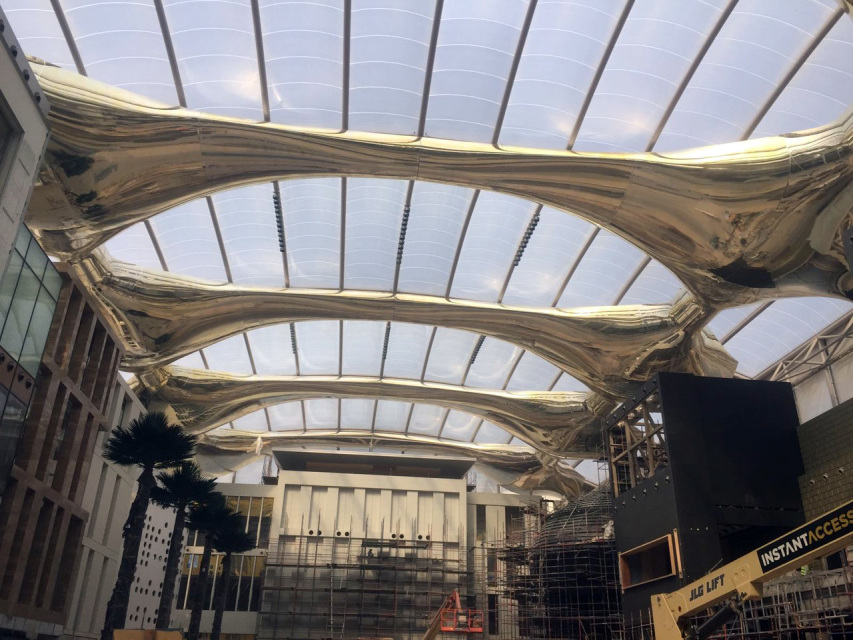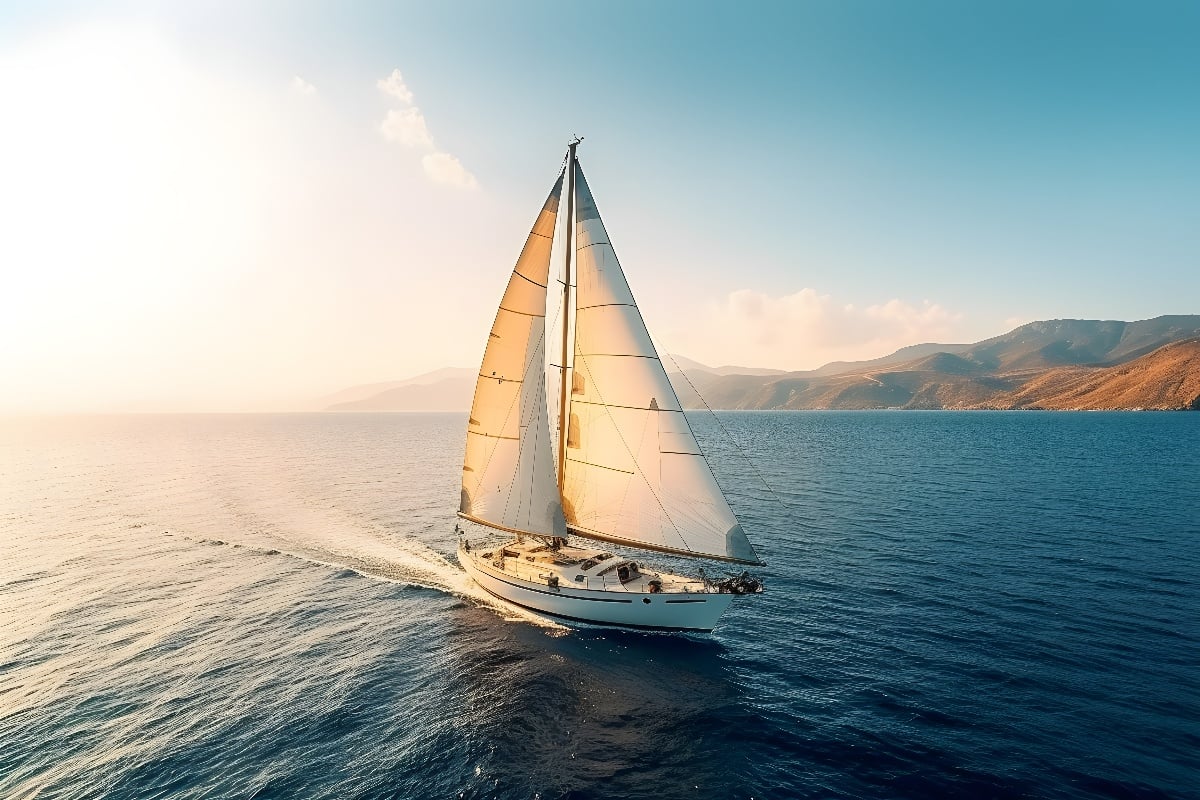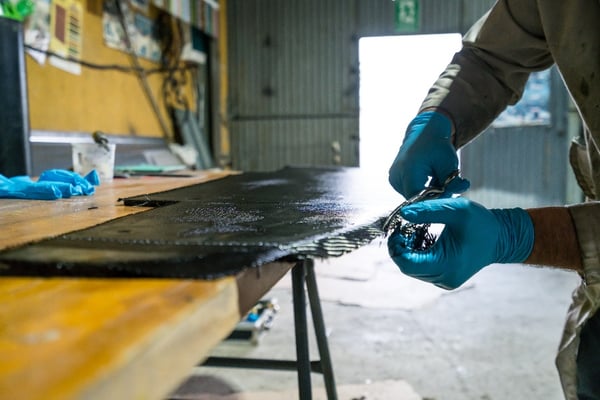
Fiber reinforced polymer (FRP) composites have been making waves across multiple industries over the last decade. Used in buildings, automobiles, aerospace, hydraulic structures, and utilities, boating has also made the list.
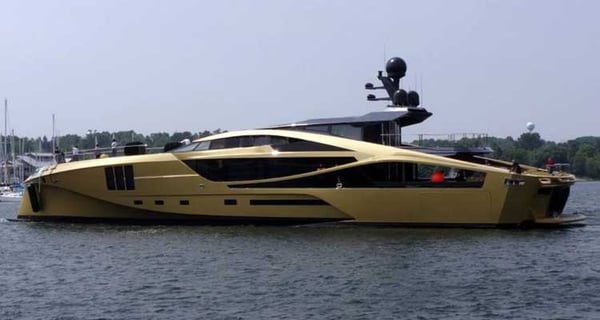
Superyacht made with Carbon composites
Pic Credit: Palmer Johnson - Composites Manufacturing Magazine
FRP composites can be seen in many different types of marine applications. One of the coolest uses for pultruded products comes in the form of a superyacht.
The 48M SuperSport
Built by a Norwegian sub-contractor and launched by Palmer Johnson, the 48M SuperSport is being called the largest superyacht to be constructed out of carbon composites. The yacht’s hull stretches 150-feet, and it also supports a 36-foot beam that gives the overall design more stability and a larger living space inside the cabin.
Building the yacht’s hull out of FRP composite materials cuts down the overall structural weight by two-thirds. Not only does this reduced weight enhance the yacht’s performance, but it also optimizes the transport’s fuel efficiency by 50%. Since it is significantly lighter, the power needed to push the boat through the water has been drastically reduced.
Another benefit of using carbon fiber is the material’s resistance to corrosion. At sea, it’s impossible to protect traditional metal materials from moisture. Everything is at risk of getting wet when you're out on the ocean. Using FRP composites for the hull prevents rust, corrosion, and any other type of water damage.
This superyacht can hit speeds up to 32 knots (36 mph), and it has plenty of room for passengers to roam on board. It has three decks and available space for nine crew members and 12 passengers. Even at a high speed, the bow was designed to pierce the incoming waves and reduce pitching and slamming. That makes for a much smoother experience for passengers and crew members on board.
Sailing Yacht A
Another remarkable feat for FRP composites in the boating industry comes in the form of the world’s tallest superyacht. Dubbed the Sailing Yacht A, this luxury yacht traveled from Germany to Russia to be with its billionaire philanthropist owner, Andrey Melnichenko.
A trio of 300-foot masts constructed out of carbon fiber is what makes this particular superyacht so special. Not only are the three carbon fiber masts the tallest freestanding FRP composite structures in the world, but they are also able to withstand double the weight of a Boeing Dreamliner commercial aircraft wing. Although the 468-foot hull was primarily constructed out of steel, it also had some FRP composite materials mixed in to lighten the overall weight.
Some of the other special features on this superyacht include 40 security cameras, bomb-proof glass, eight decks, an underwater observation area, a pool, and even a helicopter pad. It can transport a 54 member crew and 20 guests. Using a hybrid diesel motor and controllable pitch propellers, this superyacht generates 4,800 horsepower and has a maximum speed of 24 mph.
Boating and Marine Markets in 2020
Last year, the National Marine Manufacturers Association (NMMA) in Chicago reported that sales for powerboats had increased by 4%. Recreational boating was at an all-time high since 2007. With such a great increase, boat manufacturers have turned their focus to creating lightweight, fuel-efficient boats for fishing, cruising, and water sports. As a result, the current boating and marine trends we are seeing in 2020 are bigger models with outboard engines and increased use of FRP composites.
As we saw with the two aforementioned superyachts using FRP composite materials can allow manufacturers to produce larger boats that don’t weigh as much as their predecessors. One powerful and effective combination for boats is carbon fiber and epoxy resin.
Resistant to heat, corrosion, impact, and even exposure to the elements, FRP composites can go a long way in creating more durable boats. In general, the carbon fiber and epoxy resin combo is used for luxury boats. However, we have also seen boats priced in the mid-range that are made out of fiberglass and vinyl ester resin. As for the budget-friendly boats, polyester resin is the most commonly used FRP composite material.
With the current outlook on 2020 boating trends, our experts expect to see carbon fiber composites used in boats priced at the mid-range in the near future. You will most likely find boat accessories such as hard tops and hull stringers that are made from carbon fiber. These add-ons tend to be more expensive, but they are certainly worth it in the long run.
Looking Towards the Future
For the last 50 years, FRP composites have been used in the boating and marine industries. The very first FRP composite boats were manufactured in the 1970s using fiberglass and polyester resin, which is still used today in more affordable models.
Over the last 15 years, the use of composites in boats has expanded due to the need for high-performance, lightweight models. By simply replacing aluminum with carbon fiber, manufacturers can increase the rigidity of the boat while also reducing its weight by up to 40%.
Whether pultruded products are used in commercial, competition, or leisure nautical crafts, FRP composites are here to stay.
Research is now underway for pre-impregnating boat parts such as the hull, bridge, rudder, keel, and bulkhead with epoxy resin. Also in the testing phase are main decks and other superstructures that have been infused with carbon fiber materials.
In the future, we can expect to see FRP composites being used in all sorts of watercraft from the most affordable models to the luxurious superyachts.
Customize Pultruded Products
For over 22 years, our team here at Tencom has been an industry leader in fiberglass composites and specialty resins. We work with polymers such as standard, polyester, vinylester, epoxy, phenolic, and polyurethane.
Our pultruded products are lightweight and high strength, have superior dimensional stability, electrical and thermal insulation, corrosion resistance, and electromagnetic transparency, with consistent color throughout.
If you would like to request a quote or speak with one of our experts, you can easily get in touch with us today.

